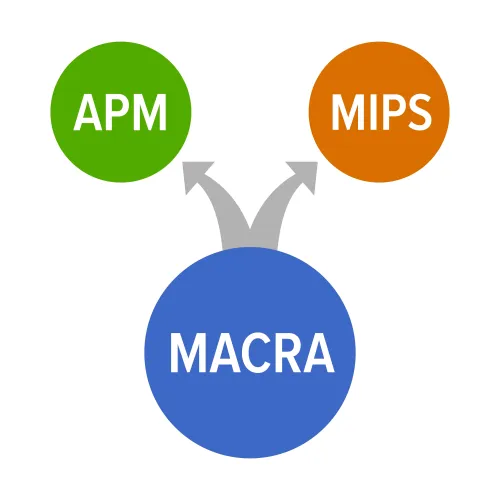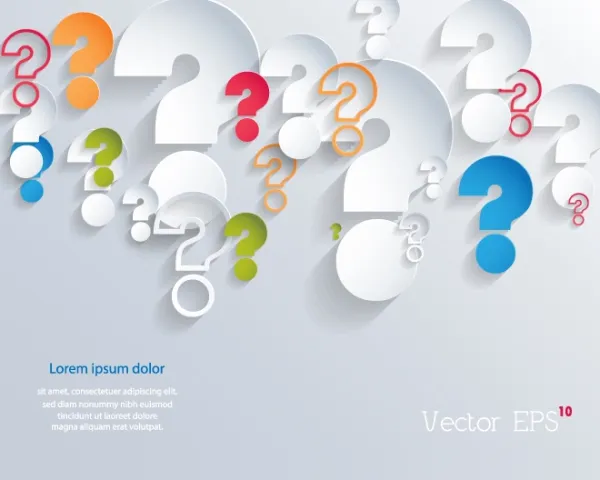Mythbuster: Shatter These 4 Myths on Common Winter Illness Dx Coding
Boost your coding skills with ICD-10 guidelines and instructions. With winter around the bend, chilly temperatures and snow are on the way as well as spikes in winter illnesses. However, the season of giving also comes with its fair share of coding myths that need to be busted before the New Year brings a string of denied claims. We’ve rounded up four of the most common winter illness coding myths and separated out the truth from fiction for you, so you can get seasonally specific with all your cold-weather condition coding. Myth 1: You Code R05 for a Persistent Cough This myth is easily busted if you have kept up to date with recent additions to the ICD-10 codes. On Oct. 1, 2021, ICD-10 expanded R05 (Cough) to six new codes, giving you the ability to code this common winter condition with greater specificity. You now have the ability to code for levels of severity, including the following: Per the synonyms for R05.3, you can now use this code if your physician documents persistent cough, refractory cough (a cough that persists despite treatment), or unexplained cough. Myth 2: You Have to Wait for Test Results to Code Confirmed Flu Cases This myth is a tricky one that requires you to go against one of the most familiar ICD-10 guidelines in order to be shattered. When you assign most diagnoses in ICD-10, you have probably followed guideline IV.H religiously. This is the guideline that tells you not to “code diagnoses documented as ‘probable,’ ‘suspected,’ ‘questionable,’ ‘rule out,’ ‘compatible with,’ ‘consistent with,’ or ‘working diagnosis’ or other similar terms indicating uncertainty” when coding and reporting diagnoses in outpatient settings. But flu coding is a little different and is subject to its own guideline that seems to override guideline IV.H. Guideline I.C.10.c tells you to “code only confirmed cases of influenza.” However, the guideline goes on to say that confirmation “does not require documentation of positive laboratory testing specific for avian or other novel influenza A or other identified influenza virus.” The guideline then explains that “coding should be based on the provider’s diagnostic statement” for J09.- (Influenza due to certain identified influenza viruses) if your provider documents that “the patient has avian influenza, or other novel influenza A,” or J10.- (Influenza due to other identified influenza virus) if the patient “has another particular identified strain of influenza, such as H1N1 or H3N2, but not identified as novel or variant.” And for cases of influenza recorded by the provider as “‘suspected,’ ‘possible,’ or ‘probable,’ avian influenza, or novel influenza, or other identified influenza,” ICD-10 guideline I.C.10.c instructs you to assign an appropriate influenza code from category J11 (Influenza due to unidentified influenza virus). So, a patient reports to your physician with fever, muscle pain, sore throat, earache, cough, and a runny nose. Your physician documents that the patient has suspected influenza with otitis media. In this case, you would choose a code from J11, specifically J11.83 (Influenza due to unidentified influenza virus with otitis media) and use an additional code from H72.- (Perforation of tympanic membrane) for any associated perforated tympanic membrane. Remember: “Clinical judgment and experience are as valid as any test result for some conditions,” notes Jan Blanchard, CPC, CPEDC, CPMA, of Physician’s Computer Company in Winooski, Vermont. Myth 3: Multiple Respiratory Conditions Require Multiple Codes Actually, this myth is only partly true. The note accompanying Chapter 10 tells you that “when a respiratory condition is described as occurring in more than one site and is not specifically indexed, it should be classified to the lower anatomic site.” This means that, if your provider documents both nasopharyngitis and chronic pharyngitis, you would use just one code — J31.2 (Chronic pharyngitis) — on its own. That’s because the pharynx is anatomically lower in the respiratory system than the nasal passages. However, under some circumstances, you will need to use two codes. “You need to add exposure to smoking when applicable,” cautions Donelle Holle, RN, president of Peds Coding Inc., and a healthcare, coding, and reimbursement consultant in Fort Wayne, Indiana. So, if a patient is a smoker, or is exposed to tobacco smoke, you will follow the Use additional code instruction that applies to the entire J00-J99 code section telling you to use codes such as Z77.22 (Contact with and (suspected) exposure to environmental tobacco smoke (acute) (chronic)), F17.- (Nicotine dependence), or Z72.0 (Tobacco use) for any associated tobacco exposure, dependence, or use, Holle reminds coders. Myth 4: If a Patient Has a Cold and a Sore Throat, You Code Both Conditions This myth is easily smashed after a careful reading of the instructions to J00 (Acute nasopharyngitis [common cold]). The code comes with numerous Excludes1 instructions for a number of conditions that are typically seen with the common cold, including: Consequently, you would use the Excludes1 code for the sore throat, presumably a code from the J02.- group, if your provider documents both the pharyngitis and the cold (nasopharyngitis), since the throat represents a lower anatomic site than the nasal passages (See Myth 3 above).





